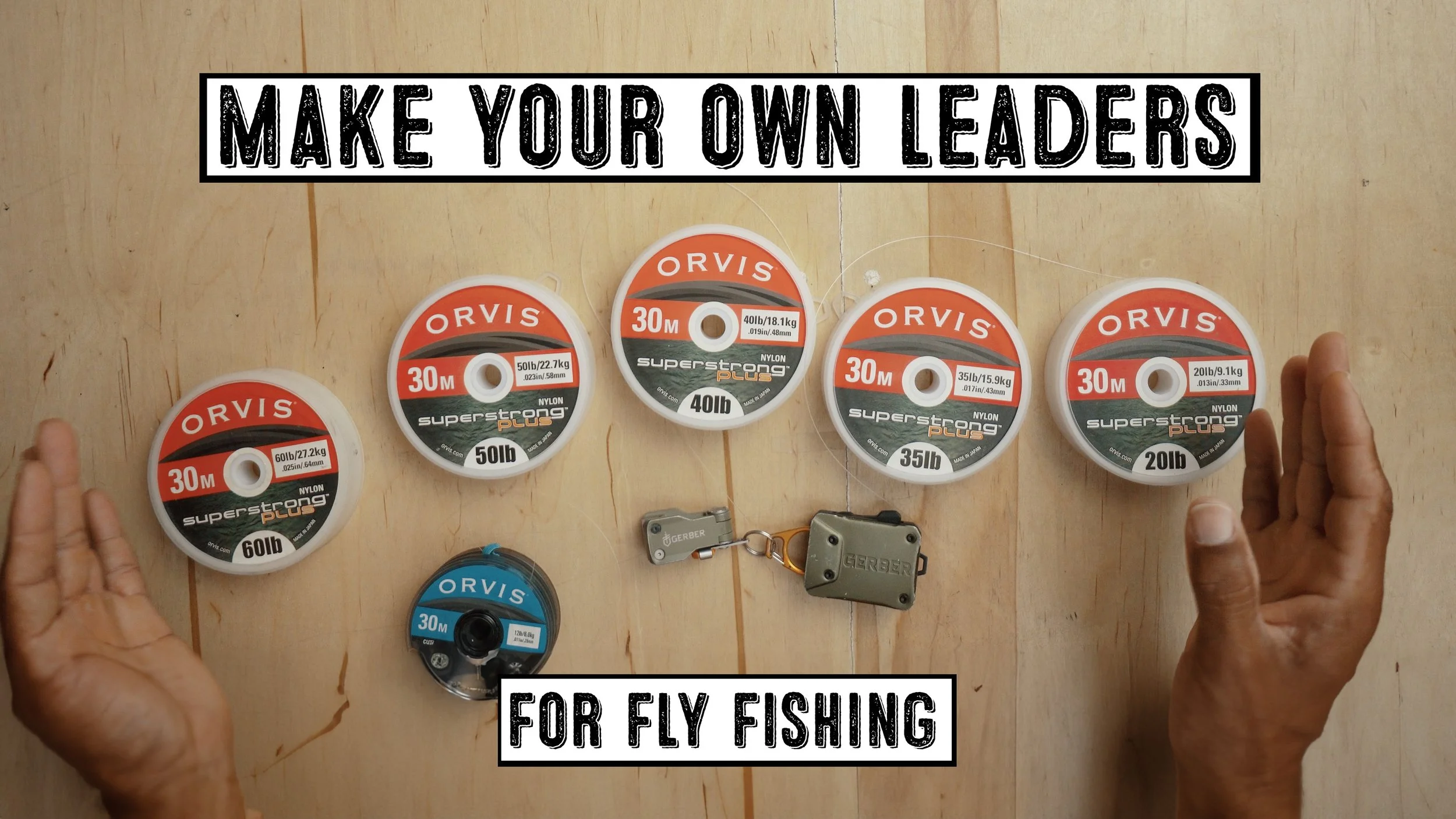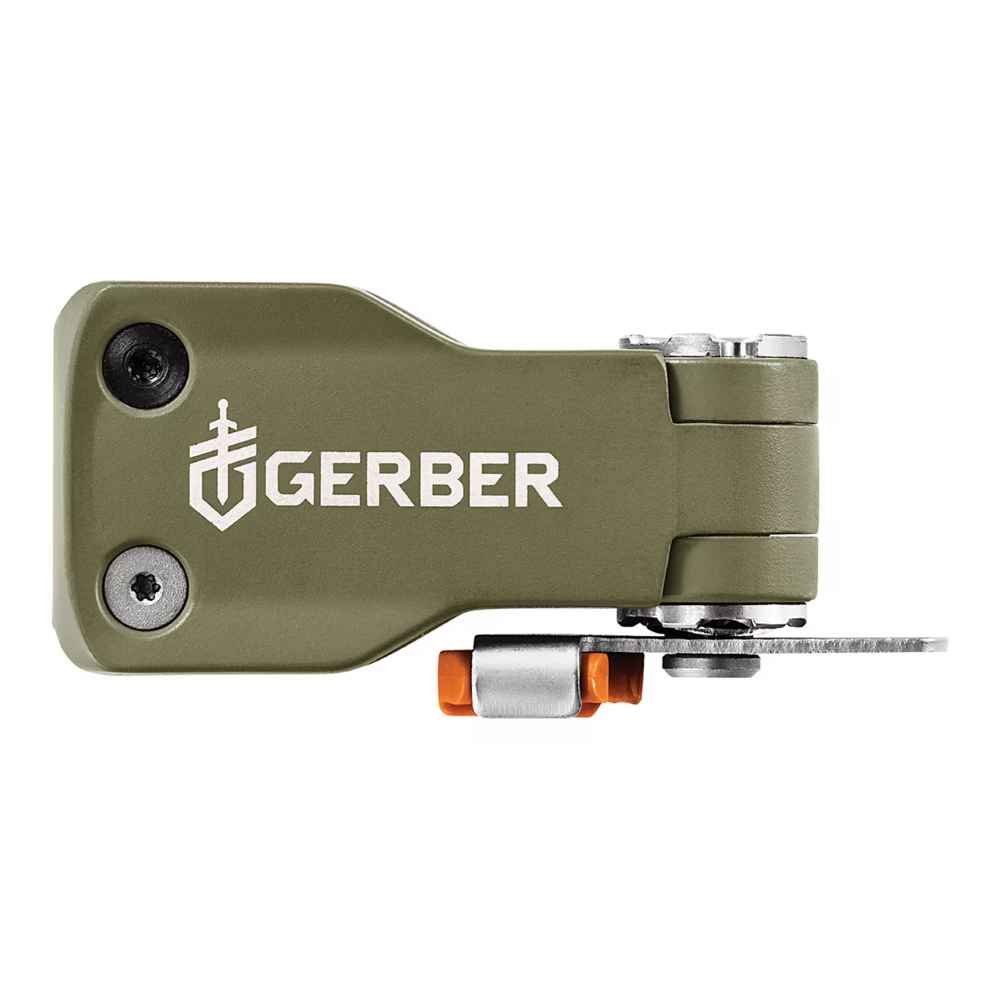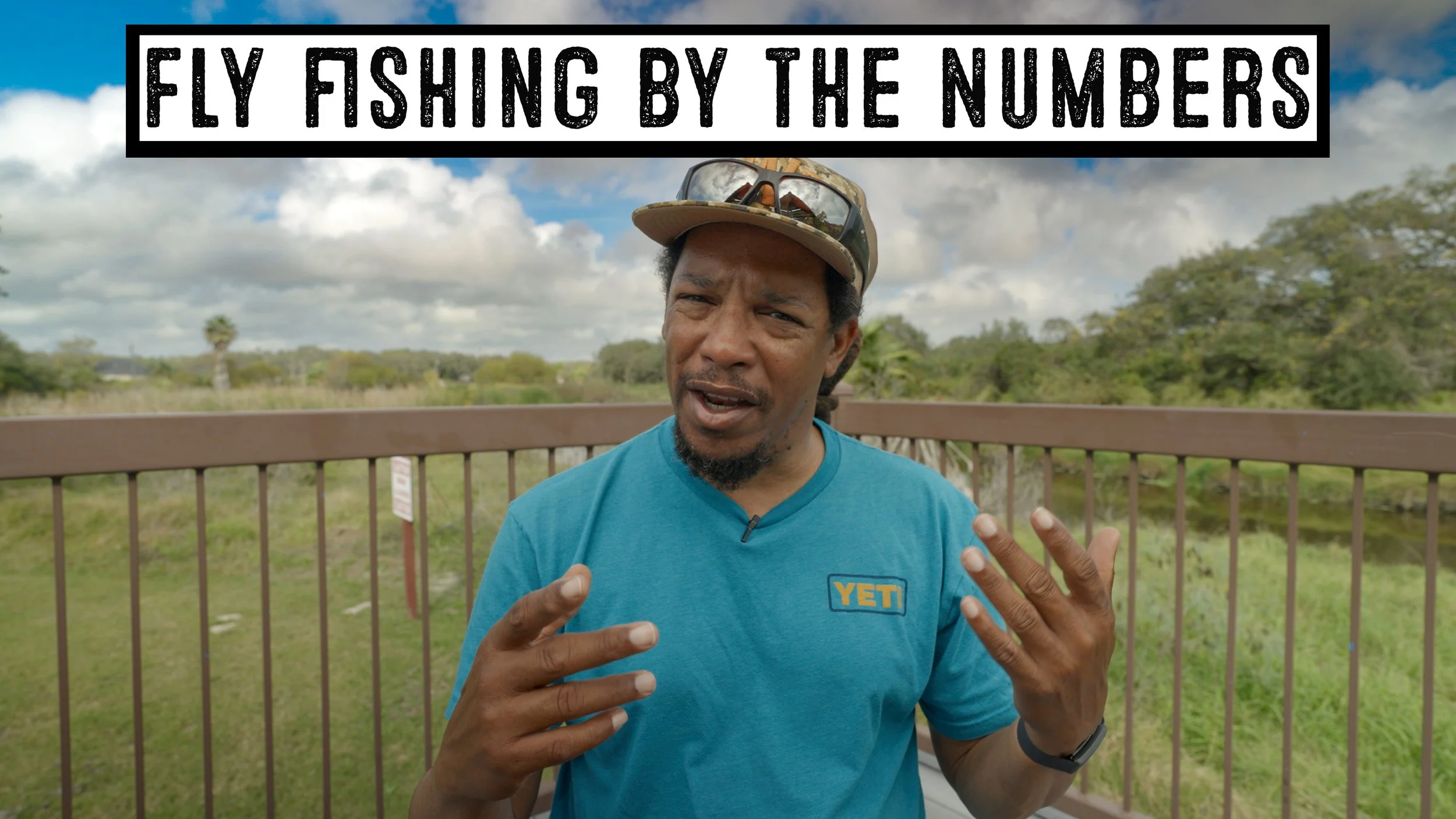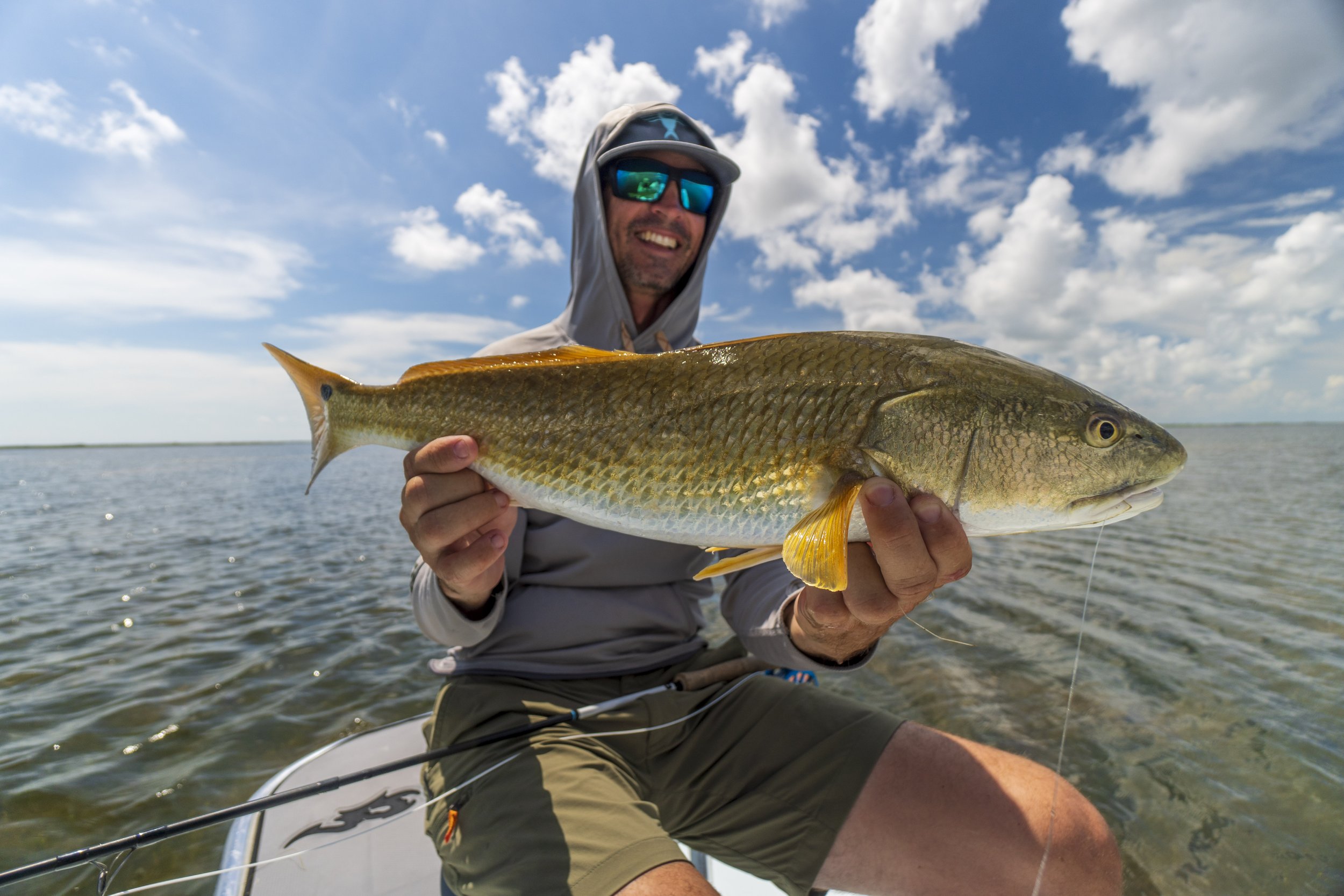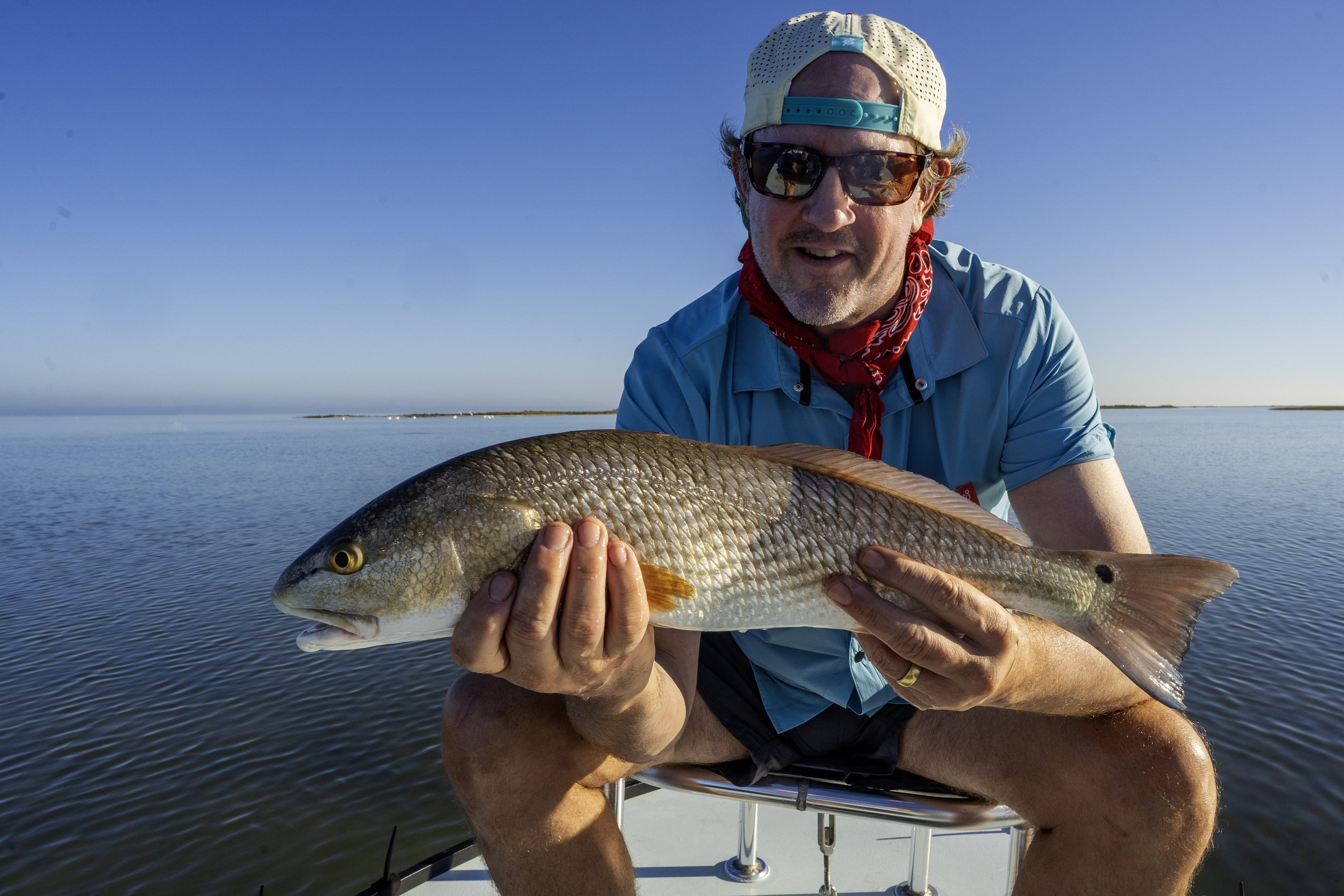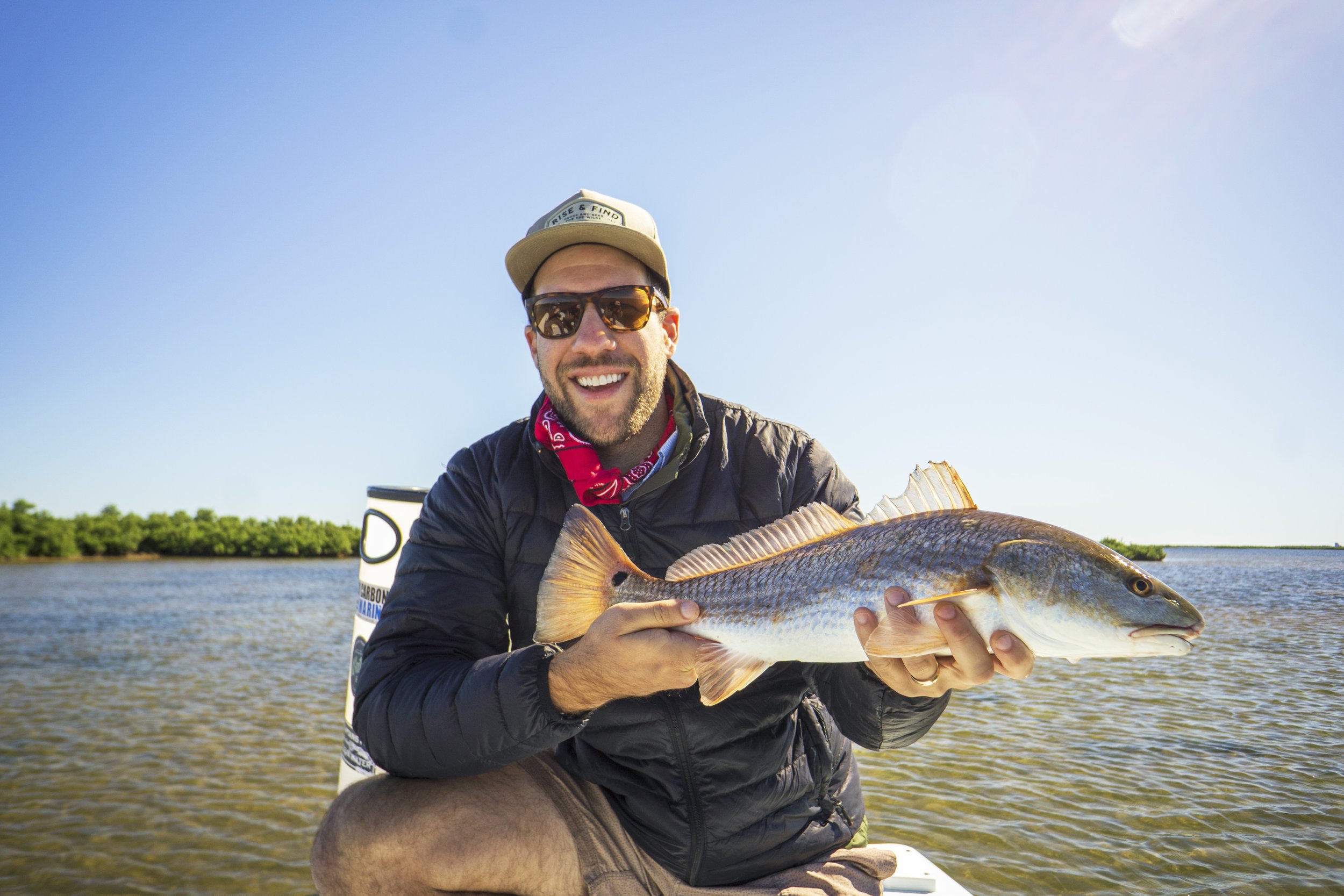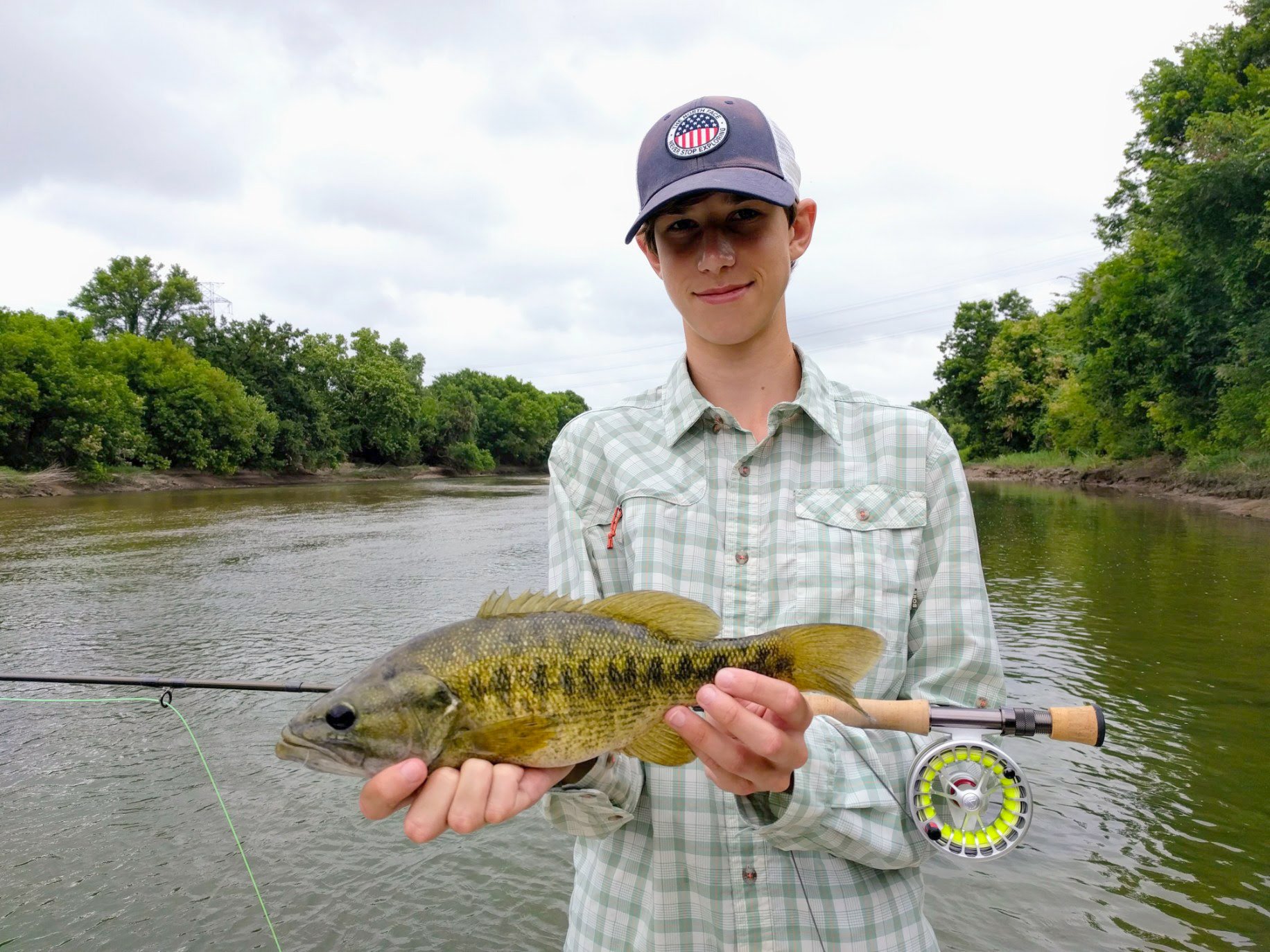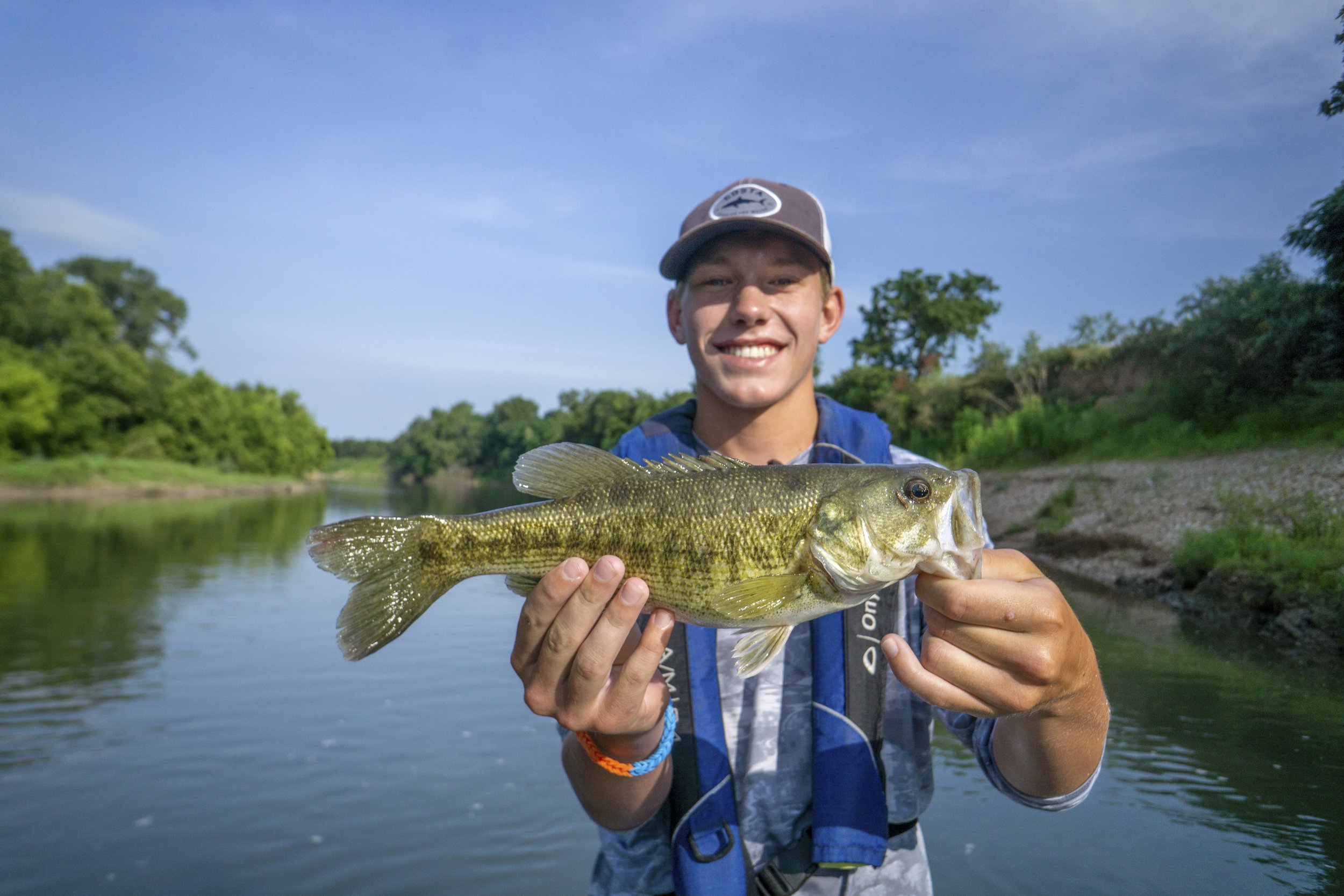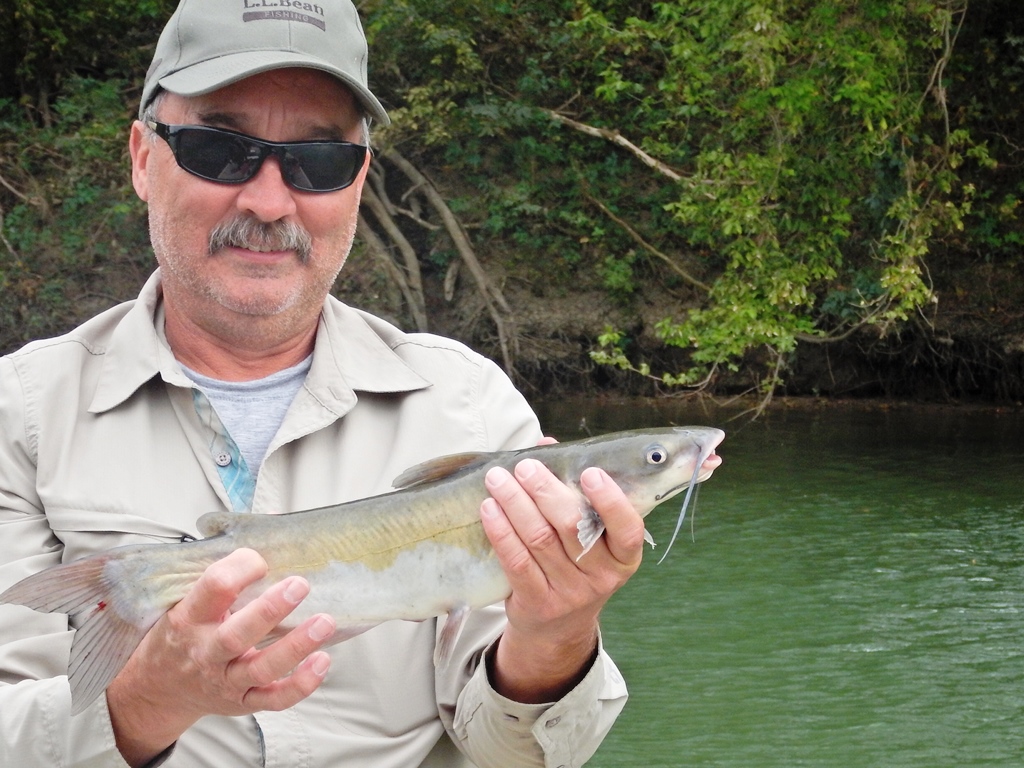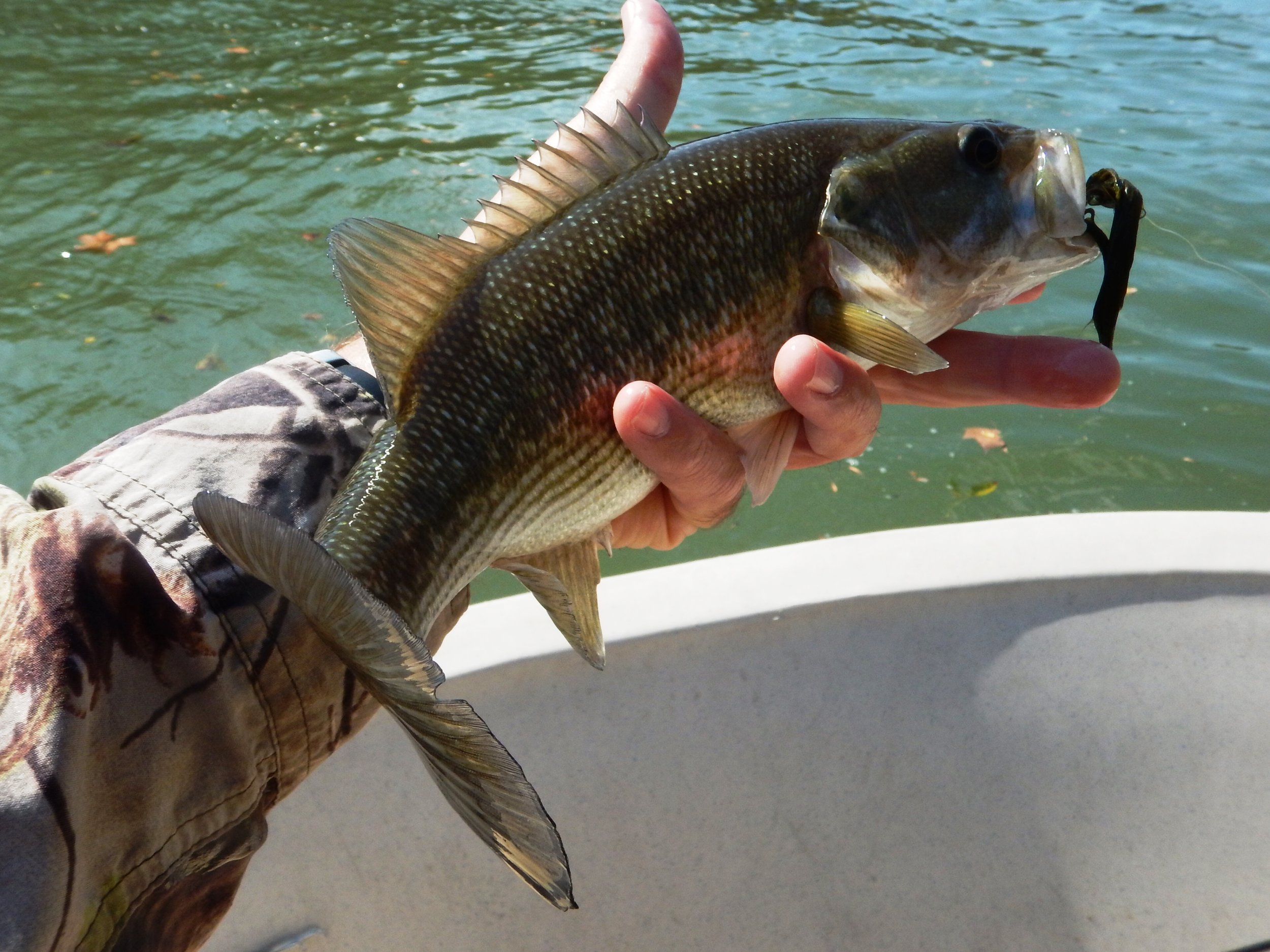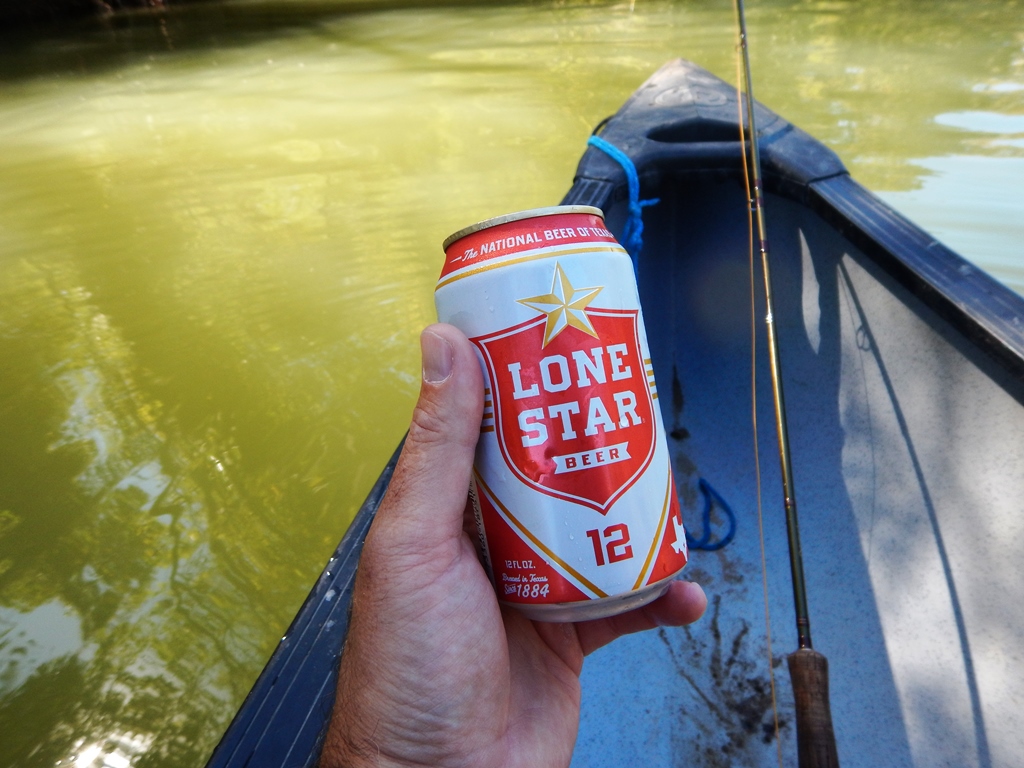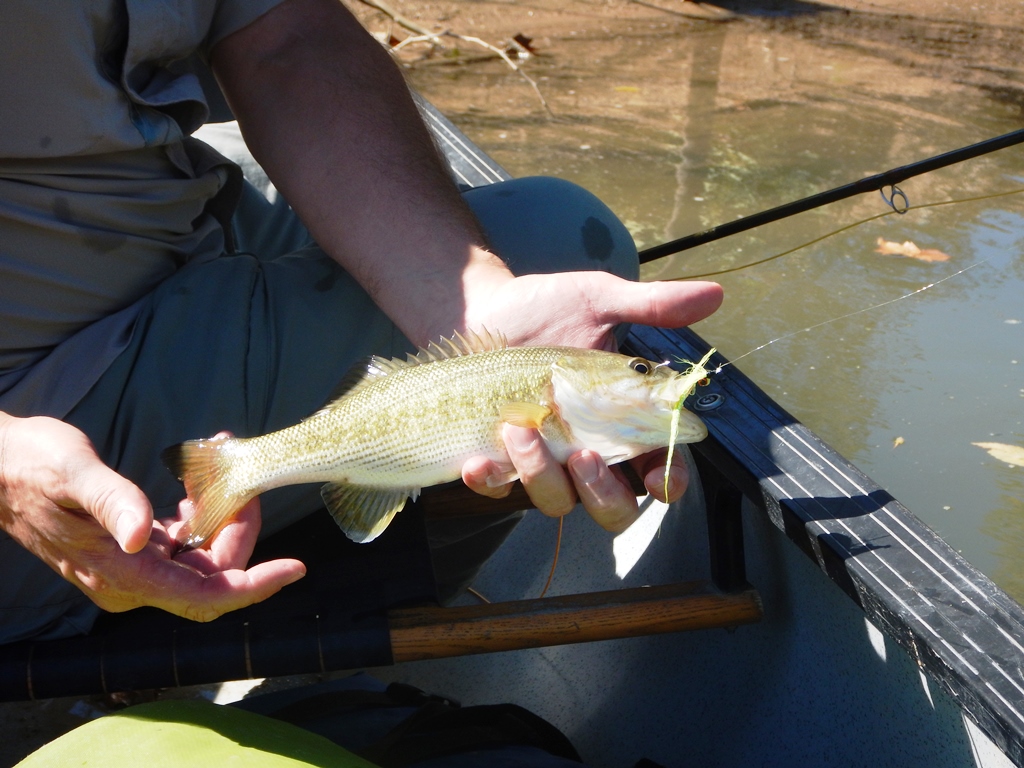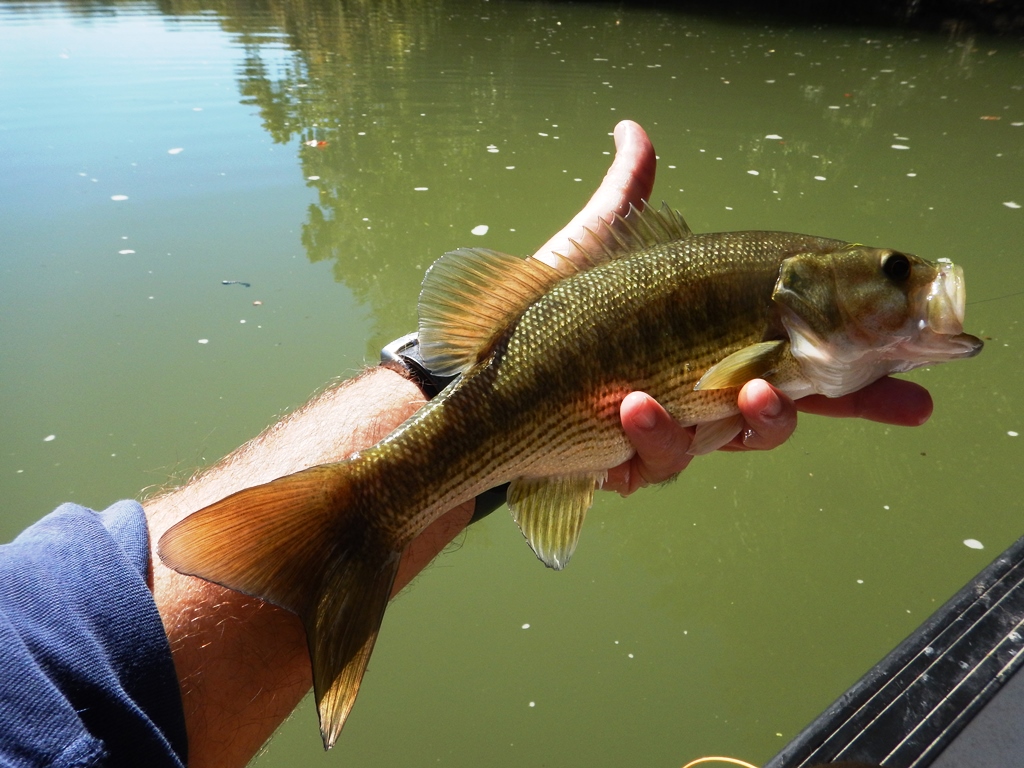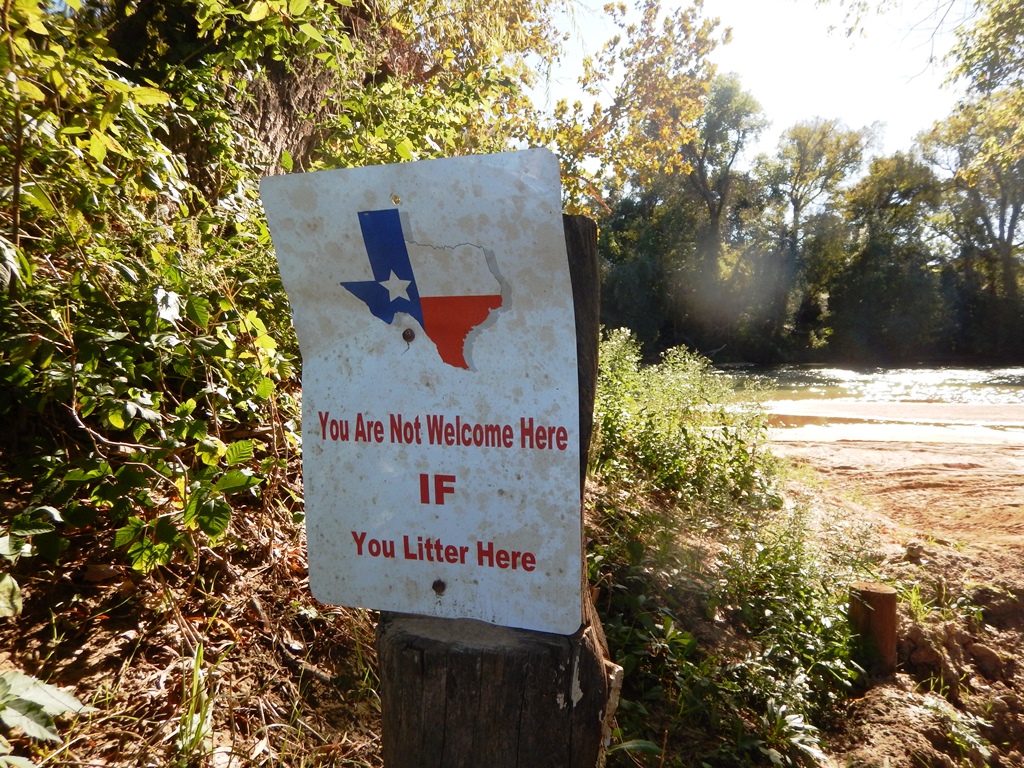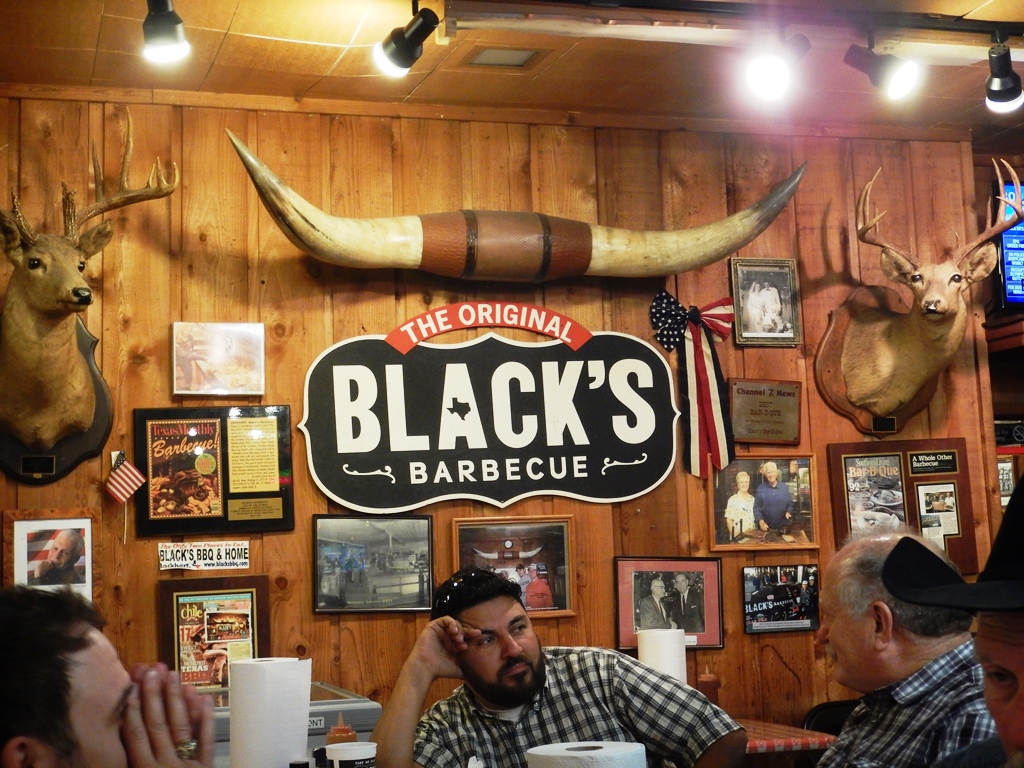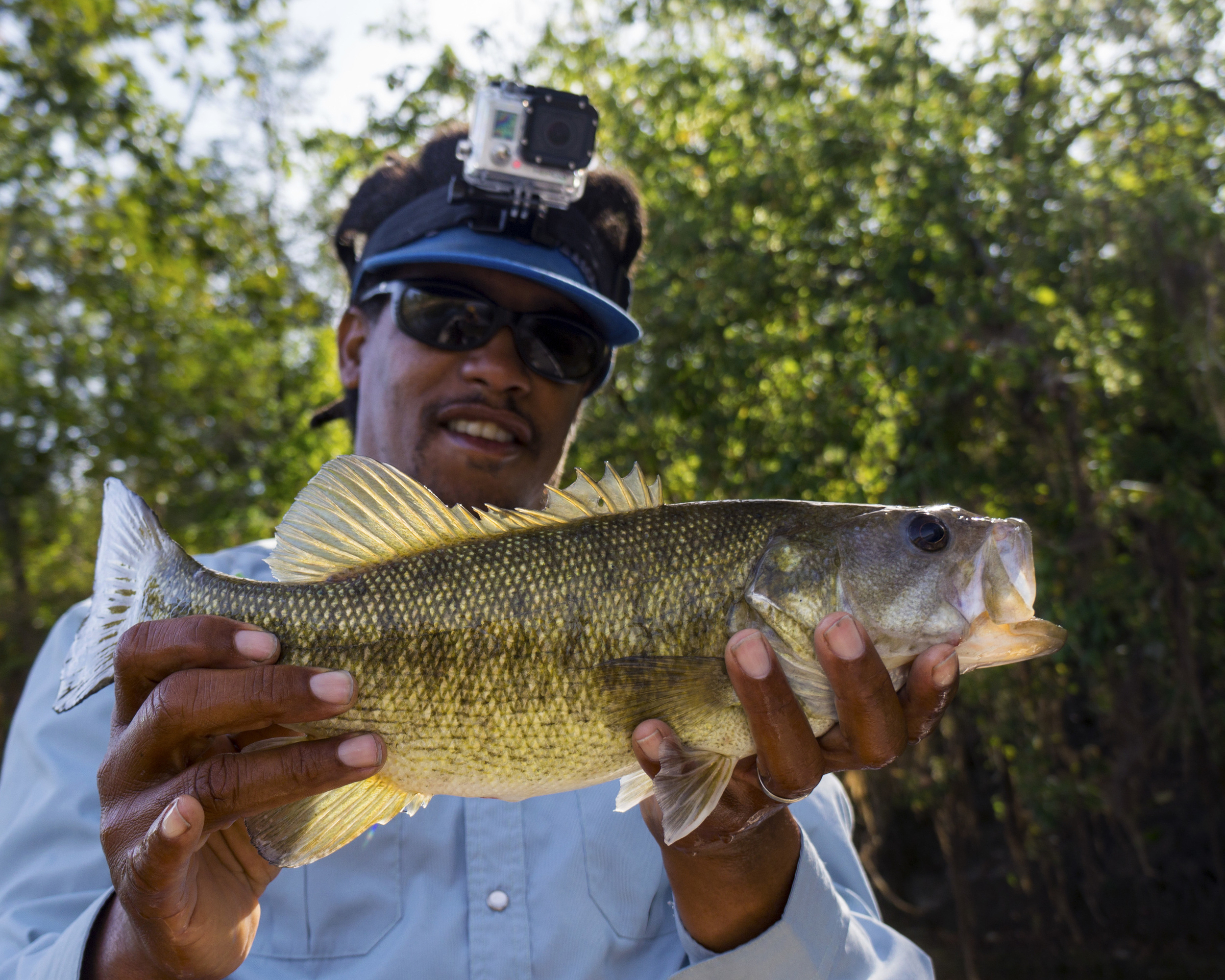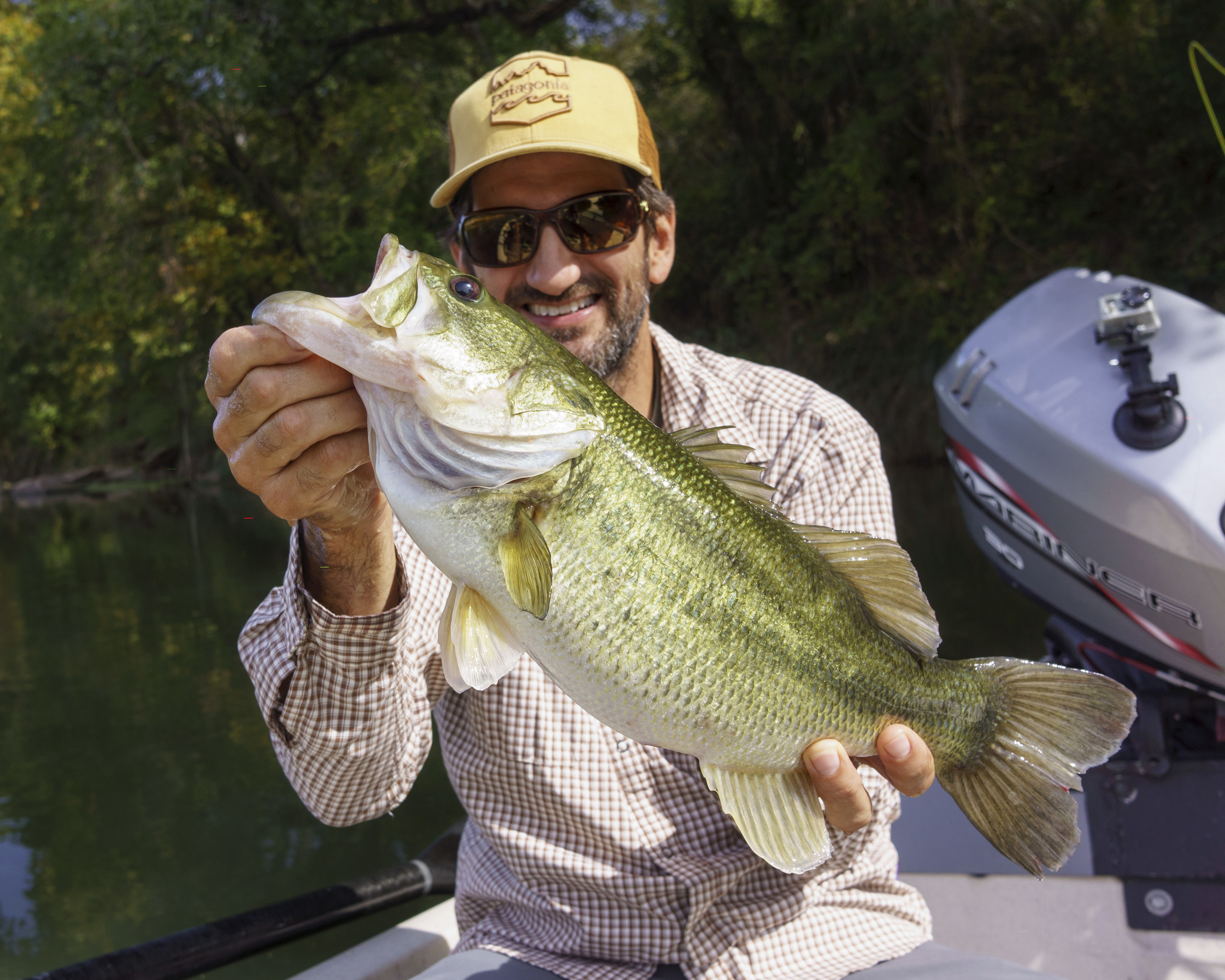Make Your Own Leaders
Make Your Own Leaders
Introduction to making hand-tied leaders for fly fishing by Alvin, part of his Guide fly fishing series.
Requires knowledge of three knots: perfection loop, blood knot, and surgeon's knot.
Materials needed include various pound test lines for butt sections and tippets, such as 60, 40, 35, 25, 20, 16, and 12.
Alvin demonstrates making a leader with a butt section of around three feet of 60-pound test, a taper section of around three feet of 40-pound test, and a tippet section of around two feet of 20-pound test.
Additional tips include making the leader stealthier by adding more taper sections or lengthening the tippet section for spooky fish or using smaller diameter tippets.
Today, I'm going to show you how to make a hand tied leader. I have made an entire video on leaders explaining what all the different parts are and some of the technical details. It is a pretty long and detailed video. If you need to learn all the basics you can watch that video here.
Today is going to be short and easy. This is part of my guide fly fishing series. This particular hand tied leader falls into that same vein. Super simple and super easy. So first off, you need to know how to tie three knots, the perfection loop, the blood knot and surgeons knot. You could use a surgeons instead of the blood knot, but for the thicker materials, the blood knot is going to make a little bit smoother connection. You could use the blood knot instead of the surgeons knot to put your tippet on, but a lot of times that's unnecessary with the smaller tippet material.
So here's everything I use to tie my leaders with. I've got 50 pound, 60 pound, 40 pound, 35, 25 pound tippet. I also have several spools of smaller tippet material. 20, 16 and 12 pound. That is about all I use for our bass leaders and saltwater leaders, which is what I do most of the time.
If you were tying these leaders to trout fish, you would probably want to go with some lighter tippet material and maybe start off with a smaller diameter butt section. For six through nine weight lines this is what I would use.
Depending on the diameter of the fly line, I like to use somewhere between 60 and 40 pound for my butt section. I am using 60 pound here. I've got a nice measuring tape on mt table at home, but if I'm out on the water, I just sort of eyeball it. I'm going to go with about a three foot section for the butt of my leader I'm going to get myself a little bit more than three feet to start with, and I'll show you why in a second here. OK, we're going to clip it off and that's my butt section. So about three feet of 60 pound test. First thing I'm going to do is put my perfection loop in one end. That's the end that's going to attach to my fly line. Here is a great video explaining how to tie all these knots.
So we have our butt section now. The next thing is going to be our midsection or our taper Now, for these leaders, I'm just going to put one section to taper it. If you want it to get something that's a little bit more stealthy, maybe a little bit smoother presentation, you might go from your butt section and then do two sections to taper that leader down. But this is a pretty rough and tough, pretty crude leader that I'm going to use for bass and redfish. And if I did want to make it a little bit more stealthy, I'll show you what to do with that at the very end.
So I'm going to jump down from 60 pound to 40 pound and I'm going to get about the same length a little bit more than three feet and that's going to be my taper. Now, this is where I'm going to use a blood knot for the butt section to the midsection. Make sure and wet the knots before you tighten them to avoid the heat caused by friction. Especially with lighter materials because the heat can weaken your tippet. Always give it a nice tug and make sure you have it tied correctly and go ahead and clip it off nice and close.
Now we have about six foot leader. So we need to add the tippet. I'm going to go down to 20 pound test for the tippet and I'm going to put about two feet of 20 pound test. That's going to be my tippet. For this connection I'm going to use a surgeon’s knot. And the reason being is that this thinner diameter material, it's not as big of a deal to use the surgeon's knot. If you use the surgeon's knot in the thicker material, you end up with the little kink where the two come together. It's not as noticeable in this lighter material. So it's not that big of a deal. Go ahead, clip it. And I'm going to call that done.
So I've got about an eight foot leader like I said earlier, if you want it to make this a little stealthier, there's a couple of things you could do. Number one, you could put in another tapered section in here so you could go maybe 60, 50, 30, and then tie your tippet on the other thing you can do is just make the tippet longer. So if I'm throwing it redfish and they're pretty spooky, or I'm using a little bit heavier fly and I don't want it to splash as much, what I'll do is either make this two foot tippet section four feet long, or I can also tie on a couple of feet of some smaller diameter tippet. So that's why I always carry around the smaller stuff. So I've got 20, 16 and 12. If I was freshwater fishing, I may even have some 2x and 3x. That's pretty much all there is to it.
